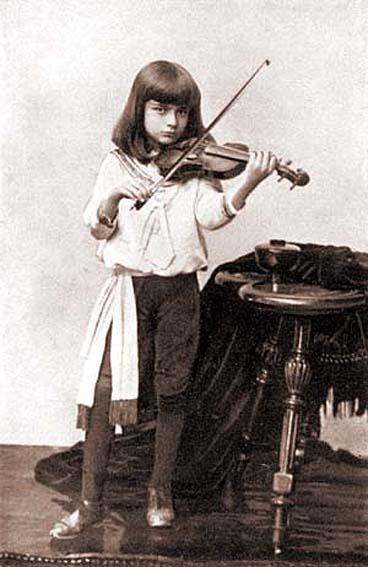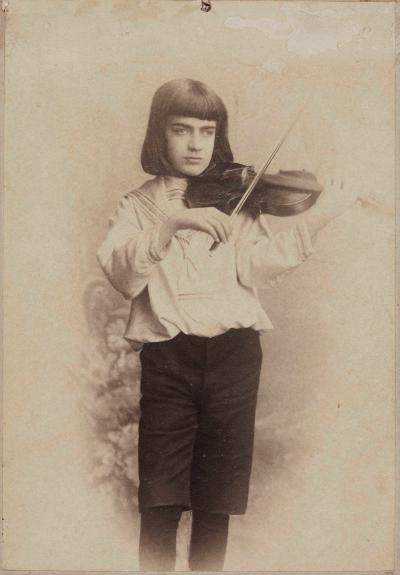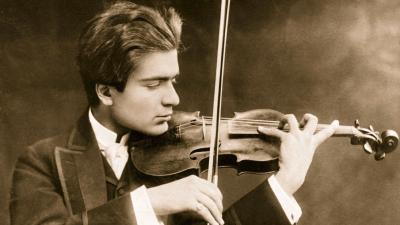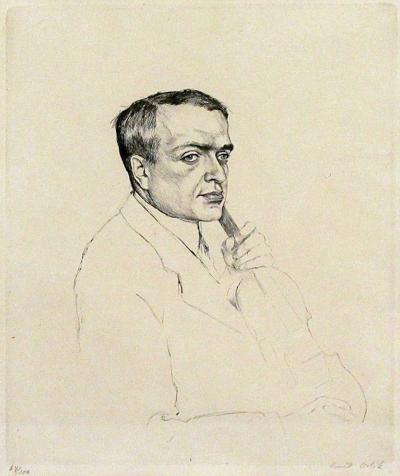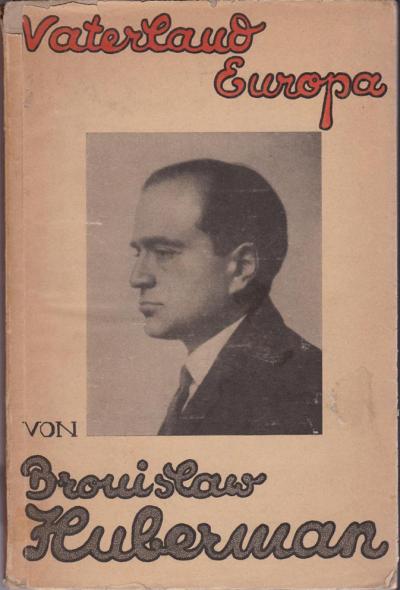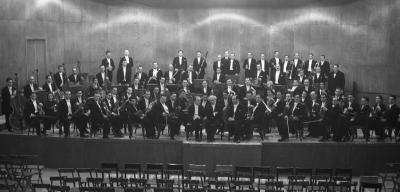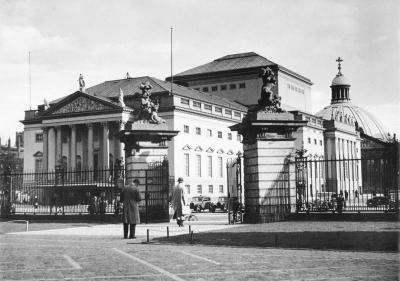Bronisław Huberman: From child prodigy to resistance fighter against National Socialism
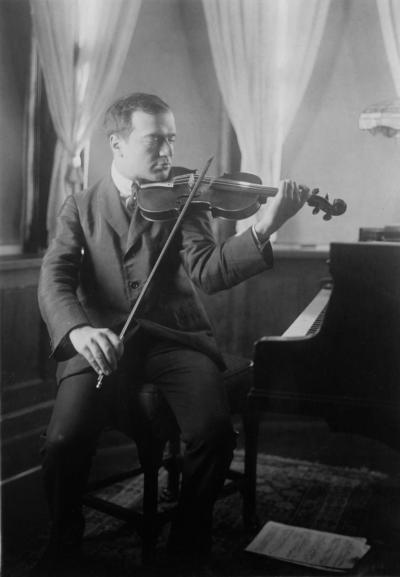
As well as addressing economic and political issues, Huberman’s papers and speeches also dealt extensively with cultural issues. What today’s debates on integration still refer to as the “cultural identity of Europe”, Huberman dealt with under the term a common “mentality”.[22] He substantiated the fact that a “Pan-Europe of the mentality” actually existed by giving examples from Europe’s shared cultural history and from his own experiences: “During the war, the German theatre under the leadership of Max Reinhardt undertook state-funded propaganda trips to neutral countries with plays by the “enemy” national Maxim Gorki, whilst Puccini was performed in State Theatres in Vienna and Budapest as the battles of Isonzo were raging; and Wagner and Brahms were performed at concerts in Paris; I, the Pole, despite my official status as an enemy national, performed the concerto suite, the masterpiece by the Russian Taneieff in Berlin in 1917, and in Paris in the first year after the ceasefire, I played the sonatas of the German Richard Strauss. […] There was never a time, even during the worst German-Polish hate speech, in which German artists would not have been enthusiastically welcomed in Poland and in which Polish artists would not have been enthusiastically welcomed in Germany.”[23]
But as well as the shared cultural heritage, Huberman was also at pains to stress the diversity of national cultures to which Europe owed “the Ninth Symphony, Faust, the Sistine Madonna, the ballads of Chopin and so on”, but which, because of the restrictive cultural education which favoured the rich and which prevailed throughout Europe, only a dwindling minority would actually get to enjoy: “You see it happening again and again in Europe: This Hamlet, this Ninth Symphony does not gather its worthy and needy listeners around it, instead there is but that small heap that, during the periodically recurring clash of European populations, escaped financial ruin thanks to a lucky coincidence. A culture, which has as its prerequisite the mutual mangling of nations, as a result of which it is inaccessible to 99 out of 100 Europeans and thus remains a pure class culture”.[24] Huberman also devoted himself to the issue of language and recommended that the respective country language and three world languages be used on equal terms.
